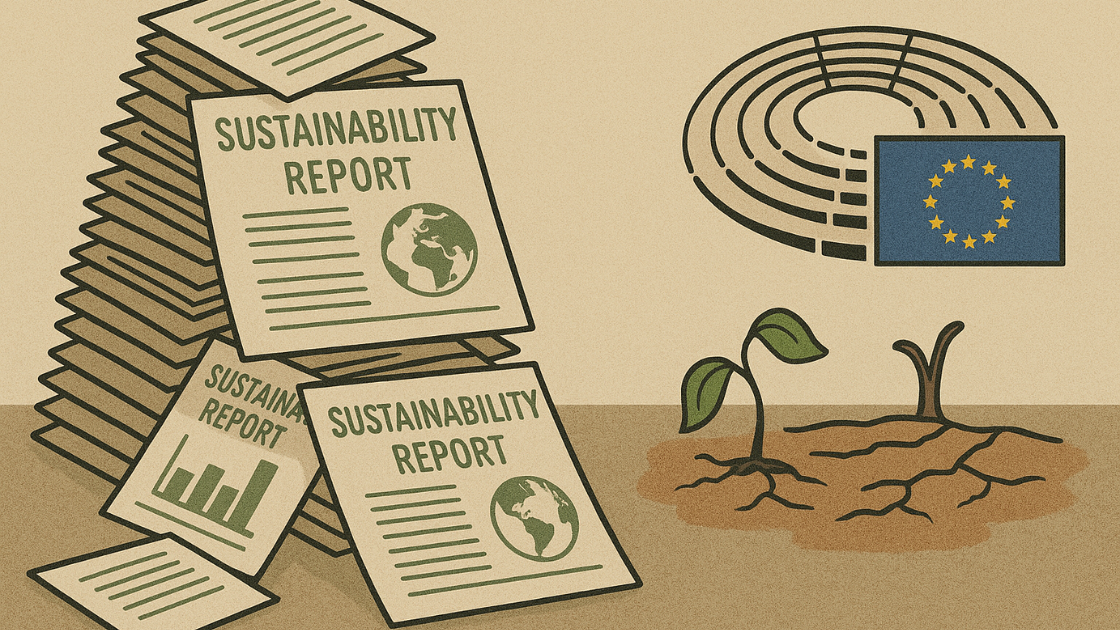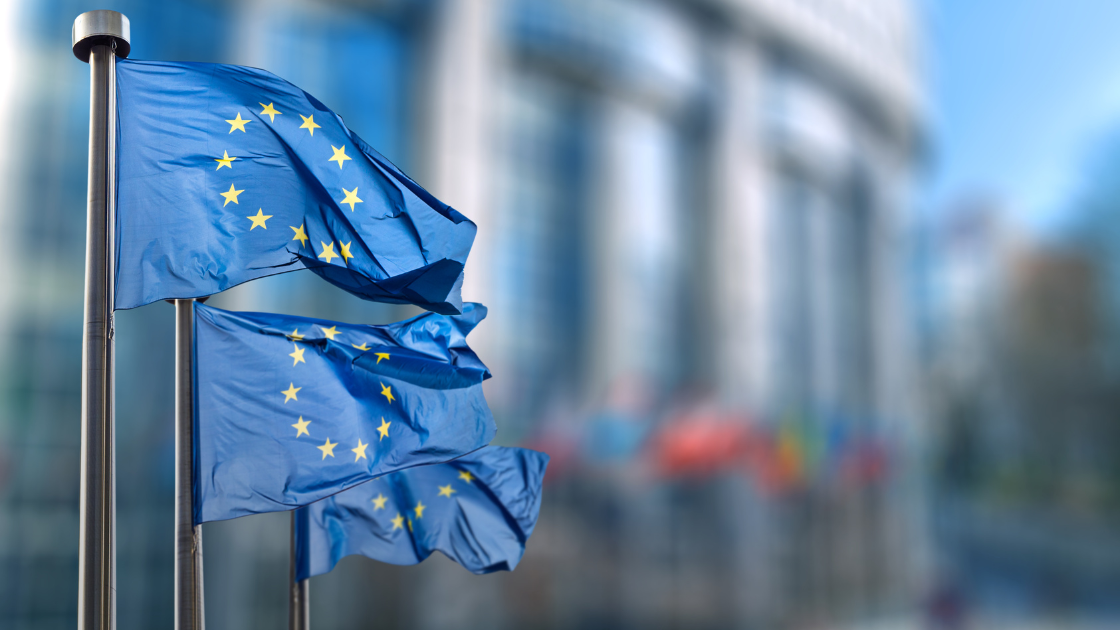The SDGs: how is your company contributing to them?
This September, the Global Week to #act4SDGs takes places. It is a global mobilization to show world leaders that people all around the world are committed, dedicated, and inspired to take action on the SDGs.

This year’s mobilization will focus on the key themes of Climate, Justice and Peace and mark the mid-way point of the SDG Agenda. It is about time to turn it around and if we do it together, with the help of the SDGs, we will create a better future for our people and planet. Your company, too, can contribute to this. We will explain how.
The Sustainable Development Goals
The SDGs are 17 goals to make the world a better place by 2030. 193 countries that are part of the United Nations (UN) drew them together based on global input from organisations and individuals. The Sustainable Development Goals started in 2015 and run until 2030. They are a global compass for challenges such as poverty, education and the climate crisis. They are the successors to the Millennium Development Goals, which ran from 2000 to 2015.
In total, there are 17 SDGs. Behind these are a total of 169 sub-goals (targets), which make the goals even more concrete. An example of a Development Goal is SDG 5: Achieve gender equality and empowerment for all women and girls. This target contains nine concrete sub-targets, such as 5.5: Ensure the full and effective participation of women and for equal leadership opportunities at all levels of decision-making in political, economic and public life.
SDGs in the United Kingdom
The government issues a Voluntary National Review of progress towards the Sustainable Development Goals:
"We have decarbonised more than any other advanced economy, but it is imperative we strive harder and faster to tackle climate change, to protect our planet for future generations. Our excellent National Health Service has transformed the lives of many millions, but we must strengthen how we support a growing and ageing population, including finding a sustainable approach to adult social care" - Rory Stewart, Secretary of Stae for International Development.
Summing up, the broad welfare - despite the pandemic - has remained level. However, we do place a large demand on natural capital.
SDGs and SMEs
Research by PWC shows that 71% of companies have plans to do something with the Sustainable Development Goals. In contrast, only 13% know how they will do this. This makes sense; the SDGs were drawn up by the UN at international level and making a concrete translation towards SMEs is not easy.
However, SME contribution is necessary for achieving the targets, as they are the backbone of the economy. Larger companies are already leading by example; bigger companies already include the SDGs in their annual reports. This is because they recognise that they can be judged on them in the long term. Shareholders, for instance, let investment decisions depend on it and potential customers take it into account in their purchasing process.
SDGs and your business
Including the Sustainable Development Goals directly in your annual reports is very ambitious and everyone understands that. So is contributing to each of these 17 goals. Fortunately, no one expects you to be able and do this directly. After all, it is about taking the first step towards sustainability and commitment.A good first step is to do more research on the SDGs and which (sub)goals might be relevant to your business. SDG UK, for example, provides an overview of all goals and sub-goals.
You can also join a local SDG network because you get further together than alone. There are countless active neighbourhoods and social initiatives in the UK that contribute to the Sustainable Development Goals (SDGs).Finally, you can easily measure and report your SDG impact with Eevery. This is because it makes it easy to see how your company contributes to the Sustainable Development Goals. In this way, demonstrate your commitment to your stakeholders such as customers, employees, lenders, investors and the public.
Want to know more about sustainability? Subscribe now and read the latest news for small and medium enterprises on ESG and sustainability now.



